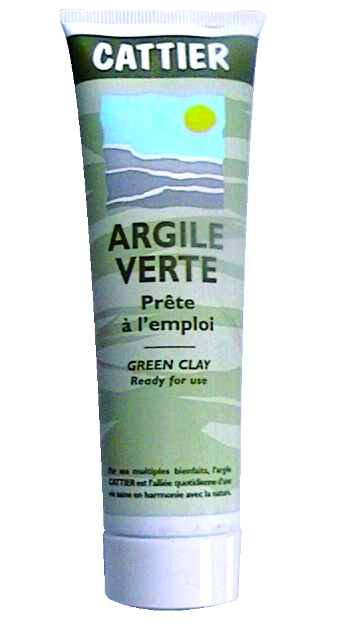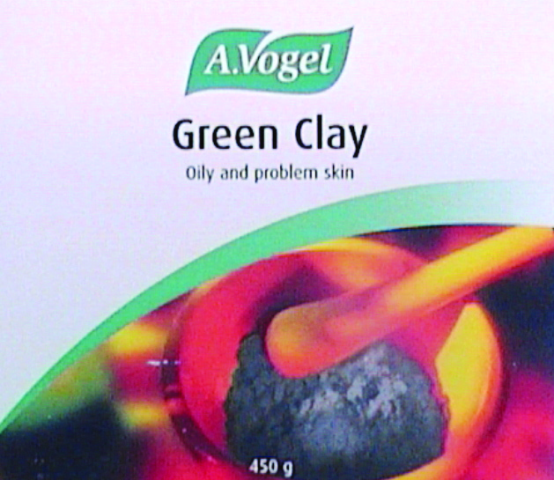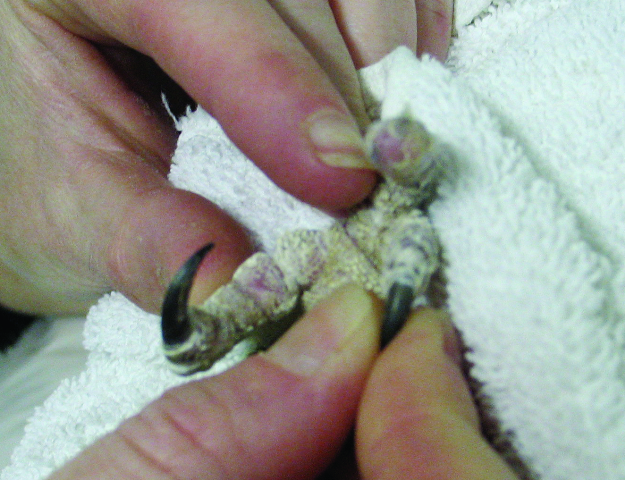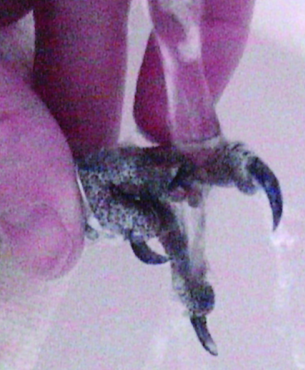Your cart is currently empty!

HARI Official Brand Site

The therapeutic uses of clay for first aid intervention and the treatment of external wounds in conjunction with hydrotherapy can yield significant healing results.
The therapeutic uses of clay for first aid intervention and the treatment of external wounds in conjunction with hydrotherapy can yield significant healing results.
Its extensive applications as an alternative and complementary treatment for numerous health conditions and virtues as a nutritional supplement and detoxifying agent, sought out by numerous parrot species in the wild. Numerous publications and weblinks such as the ones listed below have thoroughly redeemed its role, scientifically unveiling its mythical powers as an essential and indispensable natural remedy.


The use of green clay applied in poultices and compresses, provides numerous benefits. It can heal wounds, bumble foot sores, wing tips injured by night frights, burns, cloacal papillomas, mouth sores & chronic skin irritations for avian species. Wound management has evolved in avian care over the past years. The therapeutic value and healing success of wounds managed with bandage dressing changed weekly, harsh and painful removal of dead skin surrounding a wound with scrubbing or irritating agents etc. should be questioned when alternative therapies could be most beneficial to your pet.
Therapeutic clay aids in the rebuilding of healthy tissues and cells. Besides its colloidal properties it acts as a cleansing agent eliminating all noxious substances. The same sedating, relaxing, absorbing and healing action is seen in treatment of the inflammation whereby powdered green clay or white clay (kaolin) is added to the drinking water, following the same recommendations as for human consumption 2 tbsp per 250 ml of spring water.

The application of the clay poultice onto the wound can often go without dressing when there is no picking or mutilation from the bird. This allows frequent hydrotherapy sessions and application of new poultices. This non-invasive treatment limits stress onto the bird as the clay can be applied quickly, without prolonged restraint. For numerous companion birds the application of clay following hydrotherapy can be easily achieved without restraint of any kind. The soothing nature of both the water therapy and the clay is quickly acknowledged by birds appearance as a recognition of relief. Should your birds curiosities lead it to nibble at the clay remember that Green clay is non-toxic and quite therapeutic when ingested. If you suspect it might pick at the wound, then take extra precaution and bandage the site.

Water is so pure and simple, yet it can do the most amazing therapeutic action. The warmth of the flowing water helps to increase flexibility and mobility of muscles, tendons, ligaments that surround the joints as well as enhance circulation. It has been documented that hydrotherapy can reduce bacterial contamination of chronic ulcers, yet it is recommended to insure the use of a clean water supply to prevent a water borne infection.
An additional step that can also be quite beneficial is to flush the wound with tincture of calendula (10 drops of mother tincture per l00ml of boiled water) following the hydrotherapy, prior to the application of the clay. Hydrotherapy can be extremely therapeutic and soothing to your bird, although once again the benefits of having trained your bird to being accustomed to being held in a towel will facilitate this treatment. Unless however the hydrotherapy can be applied to the wound while the bird is perched on a shower perch, which is by far less invasive, provided once again that your bird is comfortable with showering.
“Many species of mammals, birds, reptiles, and even insects, in all parts of the world, eat dirt. Known as geophagy (earth-eating) this habit has long been assumed to be an attempt to rectify mineral deficiencies in their diet. However new evidence suggests that this cannot always be the case. It has become apparent that the clay content is often the most important ingredient of selected soils. Clay is an effective binding agent as its chemical structure allows other chemicals to bond with it and so lose their reactivity. Clay is therefore an effective deactivator of toxins from diet or pathogens. Clay is the primary ingredient of kaolin and kaopectate that we use when suffering from gastrointestinal malaise.” The Healing Power of Hydro-Thermally Produced Living Clay. Dextreit, Raymond; “Our Earth, Our Cure;” © 1974 by swan House Publishing Co.; ISBN 0- 013010-07-3
Additional reading: The Clay Licks of Tambopata and Beyond – The whos, whats, and whys of geophagy – Donald Brightsmith, Ph.D. 2002
This first aid avian chronicle is not intended as a substitute for the advice and treatment of a licensed avian veterinarian. The author nor HARI assumes any responsibility.
Note: It is strongly recommended to consult with your avian veterinarian following any first aid intervention regardless of what may appear to be healing or less traumatic. A professional medical evaluation is recommended to determine the nature and severity of the wound, fractures or secondary bacterial or fungal infections.
Photos and text by Josee Bermingham, AHT

Inspired by the natural geophagy behaviour of birds in the wild, Clay-Cal Bentonite Clay for companion birds is milled specifically to provide this natural clay to pet birds to help improve their overall health and well-being.